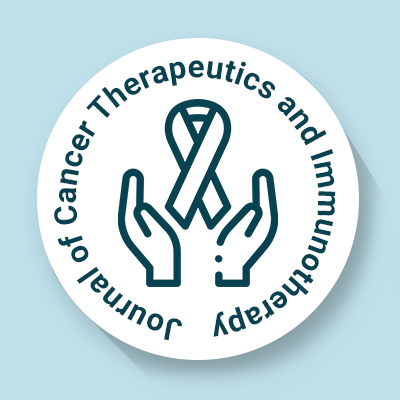
Journal of Cancer Therapeutics and Immunotherapy
OPEN ACCESS

OPEN ACCESS
Hodgkin Lymphoma, also called as Hodgkin disease, is a form of cancer that starts in the lymphatic system, an important element of the immune system that helps to protect the body against infections and sickness. This cancer impacts an exact variety of white blood cells called as Lymphocytes. A notable characteristic of Hodgkin Lymphoma is the presence of Multinucleated reed-Sternberg cells within the lymph nodes of those affected.
There are two types of Hodgkin Lymphoma: classic Hodgkin Lymphoma and nodular lymphocyte predominant Hodgkin lymphoma. Classic Hodgkin lymphoma is the dominant type and features various subtypes, while nodular lymphocyte predominant Hodgkin lymphoma is less common and develops slowly.
The symptoms may change, but some normal indicators are painless extension of the lymph nodes typically in the neck, armpit, fever with no clear cause, night sweats, sudden loss of weight, continuous fatigue and weakness. The factor can lift the likelihood of developing Hodgkin lymphoma, a common compromised immune system like in those with HIV/ AIDS.
A lymph node culture serves as the important technique for recognizing Hodgkin lymphoma. In this process, a small part of a disease lymph node is taken out and analyzed for cancerous cells. Treatment option vary based on the phase and category of Hodgkin lymphoma but naturally consist of chemotherapy to remove cancer cells, radiation therapy to object and eliminate malignant cells, stem cell replacement for advanced cases, and immunotherapy to increase the body’s natural defense against cancer. Early diagnosis and proper treatment lead to a high survival rate for Hodgkin lymphoma, highlighting the importance of prompt medical intervention for a favorable outcome.